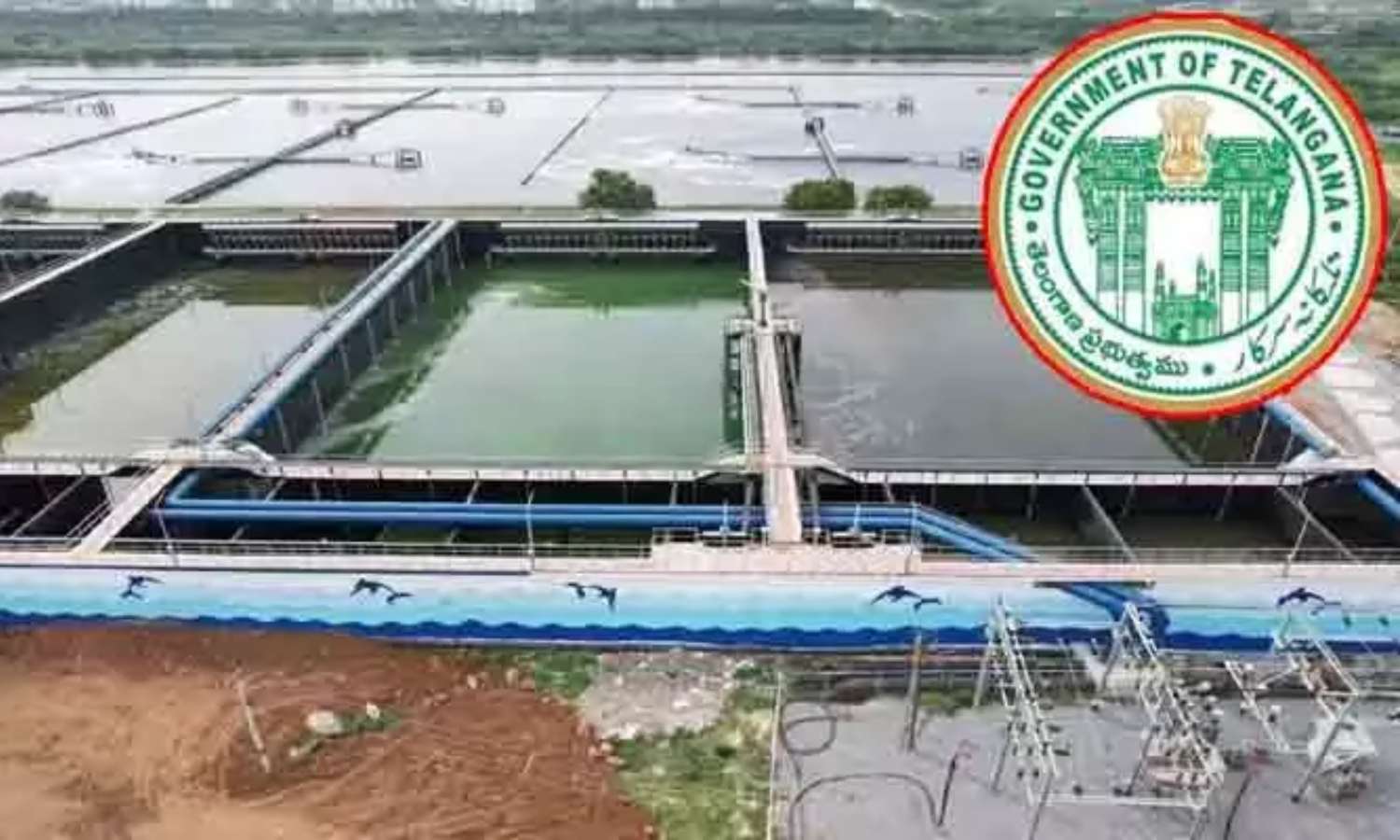Hyderabad: The Telangana government’s plan to build sewage treatment plants (STPs) across urban local bodies (ULBs) has hit a roadblock, with contractors showing no interest in tenders floated under the hybrid annuity model. Despite three rounds of tendering, not a single agency has come forward.
Officials from the Public Health and Municipal Engineering (PH&ME) Department have written to the state government, recommending changes to the funding model. They attributed the lack of participation to the financial burden placed on private agencies under the current structure.
Telangana STP tenders draw zero response despite cleared DPRs
In 2020, the previous government approved ₹2,828.24 crore to construct 72 STPs across 30 ULBs with a combined treatment capacity of 315 MLD. Detailed Project Reports (DPRs) and designs were prepared, and the government later mandated implementation through the hybrid annuity model via a 2021 memo.
In 2022, Green Design and Engineering Pvt Ltd was appointed to prepare technical designs. Yet, no contractors came forward to execute the projects.
Under the hybrid annuity model, the state covers 40% of project costs while contractors are expected to invest 60%. However, contractors have remained reluctant to invest heavily in municipal-level infrastructure without upfront government funding.
Telangana STP tenders stall under SBM 2.0 implementation
As part of Swachh Bharat Mission 2.0, the government approved another 115 STPs in 2024 across 101 ULBs, with a total capacity of 455 MLD. Estimated construction costs stood at ₹1,323.10 crore, with an additional ₹1,608.50 crore for 10-year operation and maintenance.
Once again, the decision to adopt the hybrid annuity model raised projected costs to ₹3,769 crore. Although the Centre provides funds for STP construction under SBM norms, the pipeline network costs must be borne by the state. Due to fiscal constraints, the state chose the HAM model to reduce upfront expenditure.
PH&ME has now urged the state to consider direct funding instead of relying on the HAM approach. The department maintains that changing the financial structure is critical to attract bidders and advance the stalled projects.
So far, the government has not taken a final decision on the funding revision.

